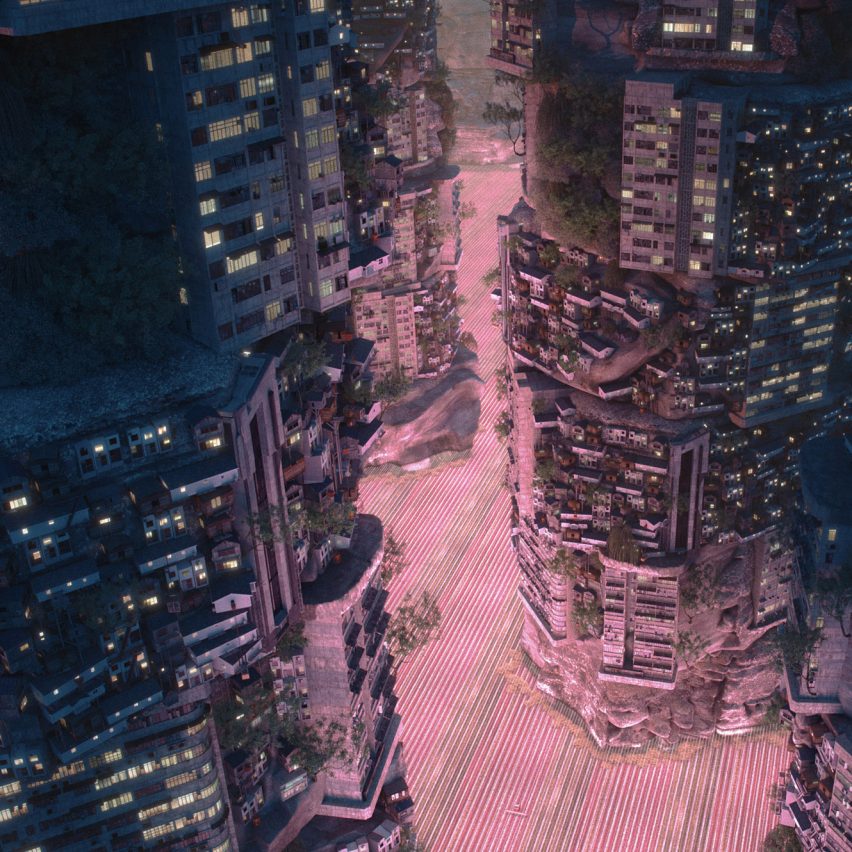
The entire population of the earth could live in a giant sustainable city occupying a fraction of the earth's surface, freeing the rest of the world for rewilding and the return of stolen lands, according to a new movie by architect Liam Young.
Young's fictional Planet City movie proposes a hyper-dense, self-sufficient metropolis housing 10 billion people.
Built according to the principles of the circular economy, it could be built on 0.02 per cent of the planetary surface, taking up an area "roughly the size of an average US state".
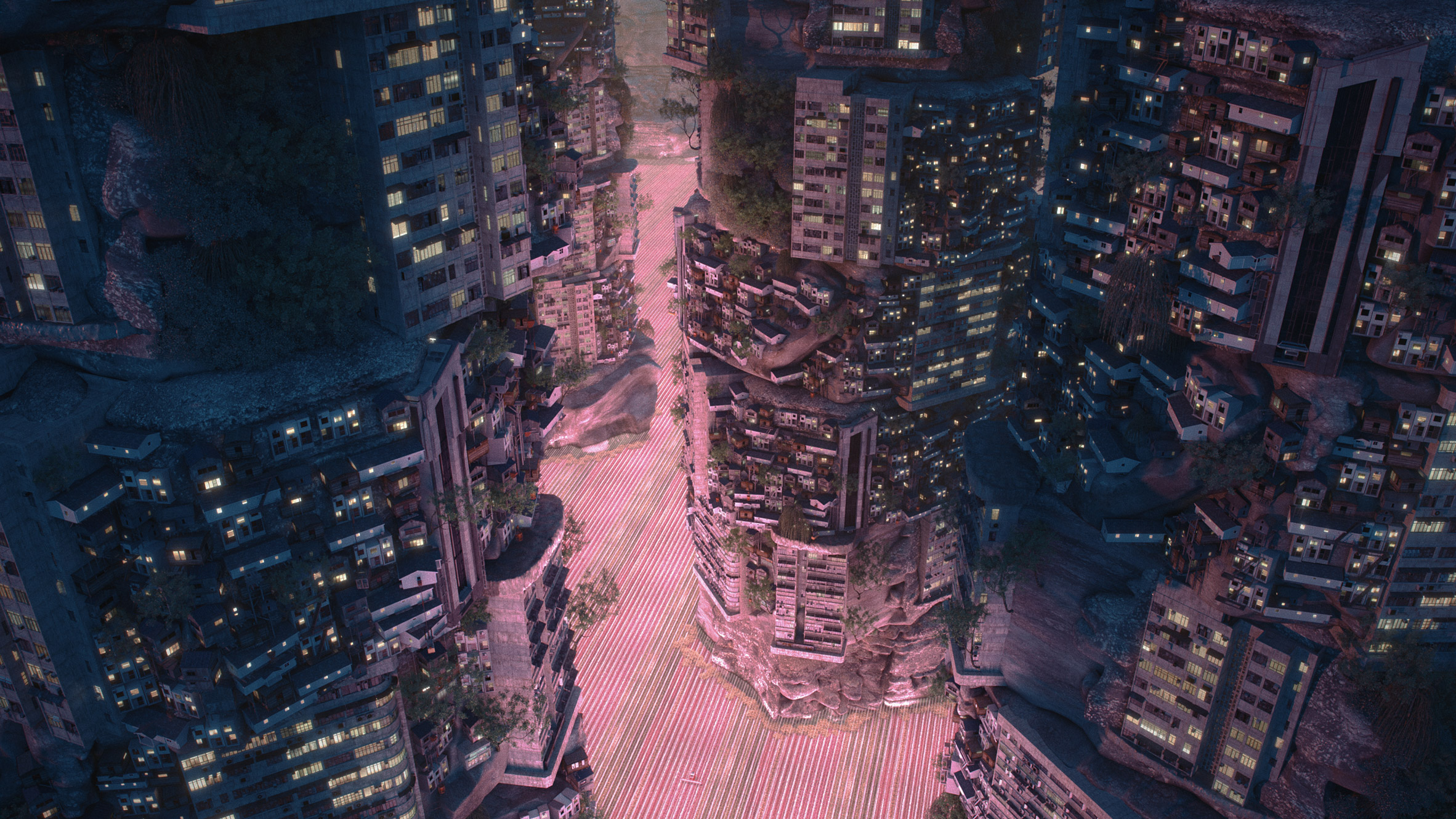
Young is the latest architect to suggest a design solution for the entire planet, following the "Masterplanet" proposal for a global masterplan by Bjarke Ingels Group and Winy Maas of MVRDV's call for architects to design new planets to help understand how to solve problems on earth.
Young's animated short film provocatively explores how "centuries of colonisation, globalisation and never-ending economic extraction and expansionism" could be reversed to solve climate change and the exploitation of both natural and human resources.
The film was commissioned by the National Gallery of Victoria for the NGV Triennial, which opened in Melbourne, Australia last month.
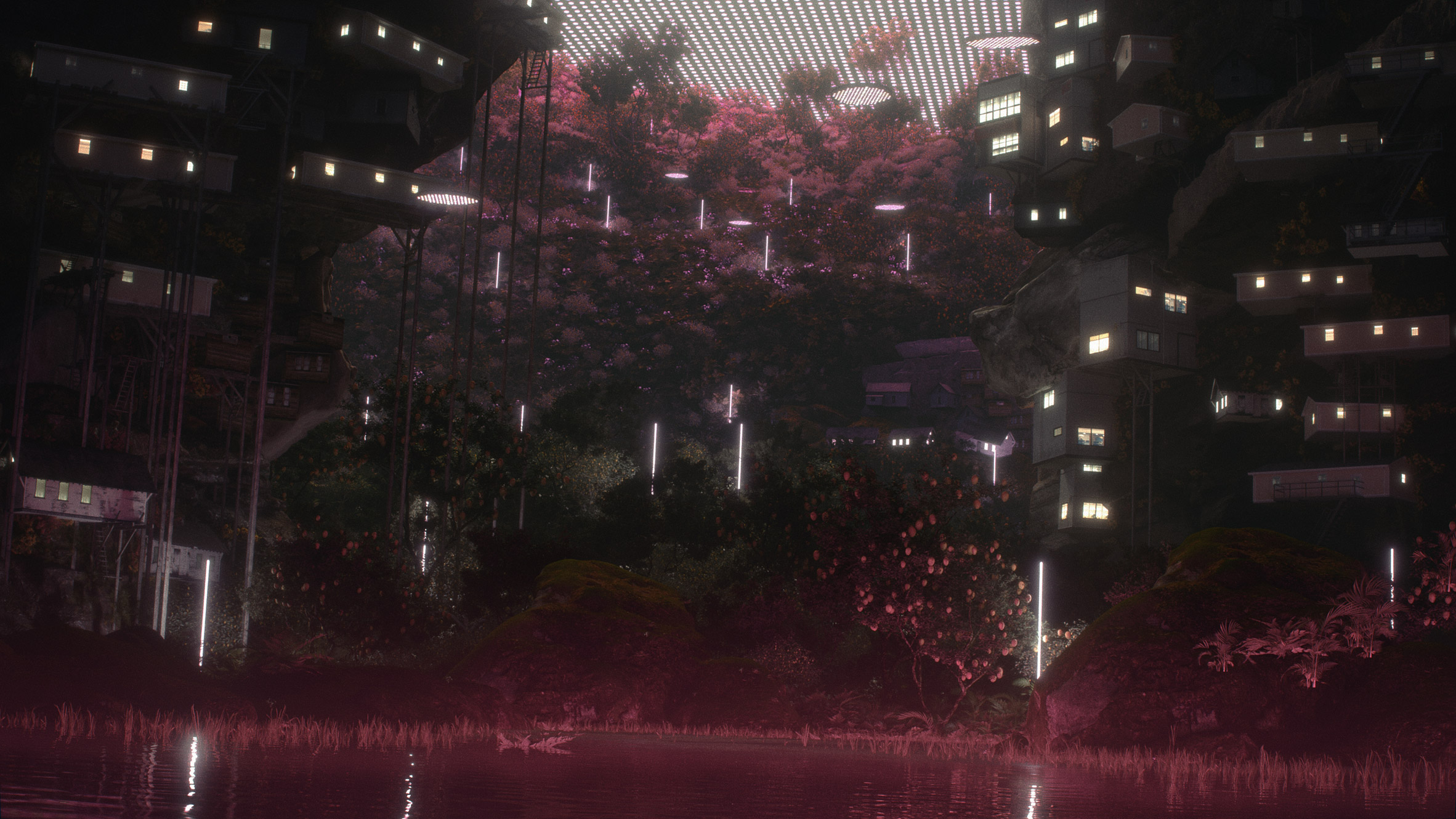
"Planet City is a speculative narrative of what could happen if we were to radically reverse this planetary sprawl," Young told Dezeen.
"What if we reached a global consensus to retreat from our vast network of cities and entangled supply chains into one hyper-dense metropolis housing the entire population of the earth?"
"If we were to reorganise our world at the scale of our densest cities then Planet City could actually occupy as little as 0.02 per cent of the earth, [which is] roughly the size of an average US state," he said.
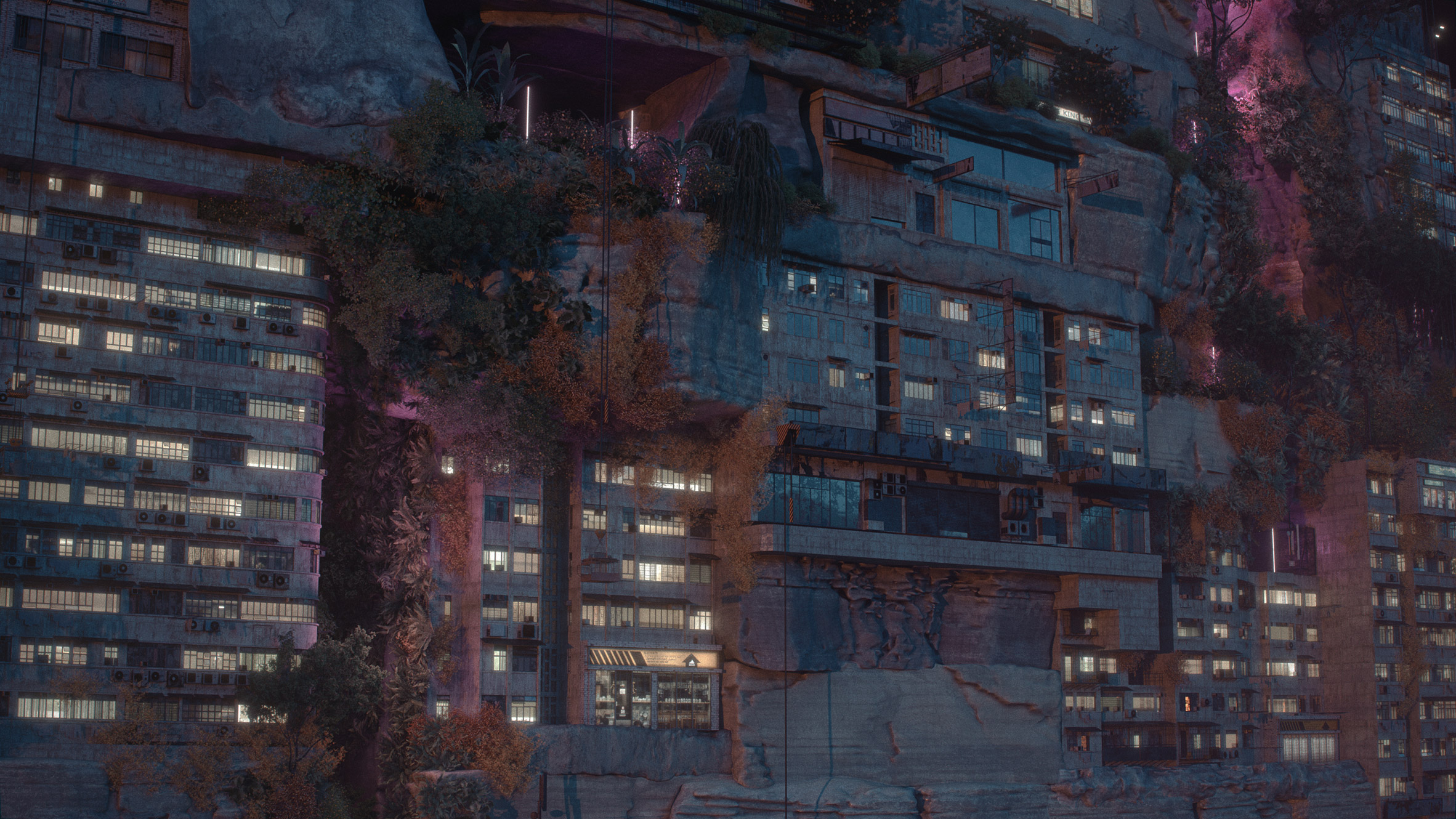
"Planet City is a fiction shaped like a city," he added. "It doesn’t pretend to be an executable proposal."
The idea stems from the Half Earth concept developed by biologist Edward O Wilson, which proposes that mass extinction can be averted by dedicating half of the surface of the earth to nature.
"The byproduct of this global park, however, is the necessity to redesign the realities of the present-day planetary city we all occupy," Young said.
"It is a microcosm of the planet that will afford us the space to rewild and return almost the entirety of the world to a global-scaled wilderness."
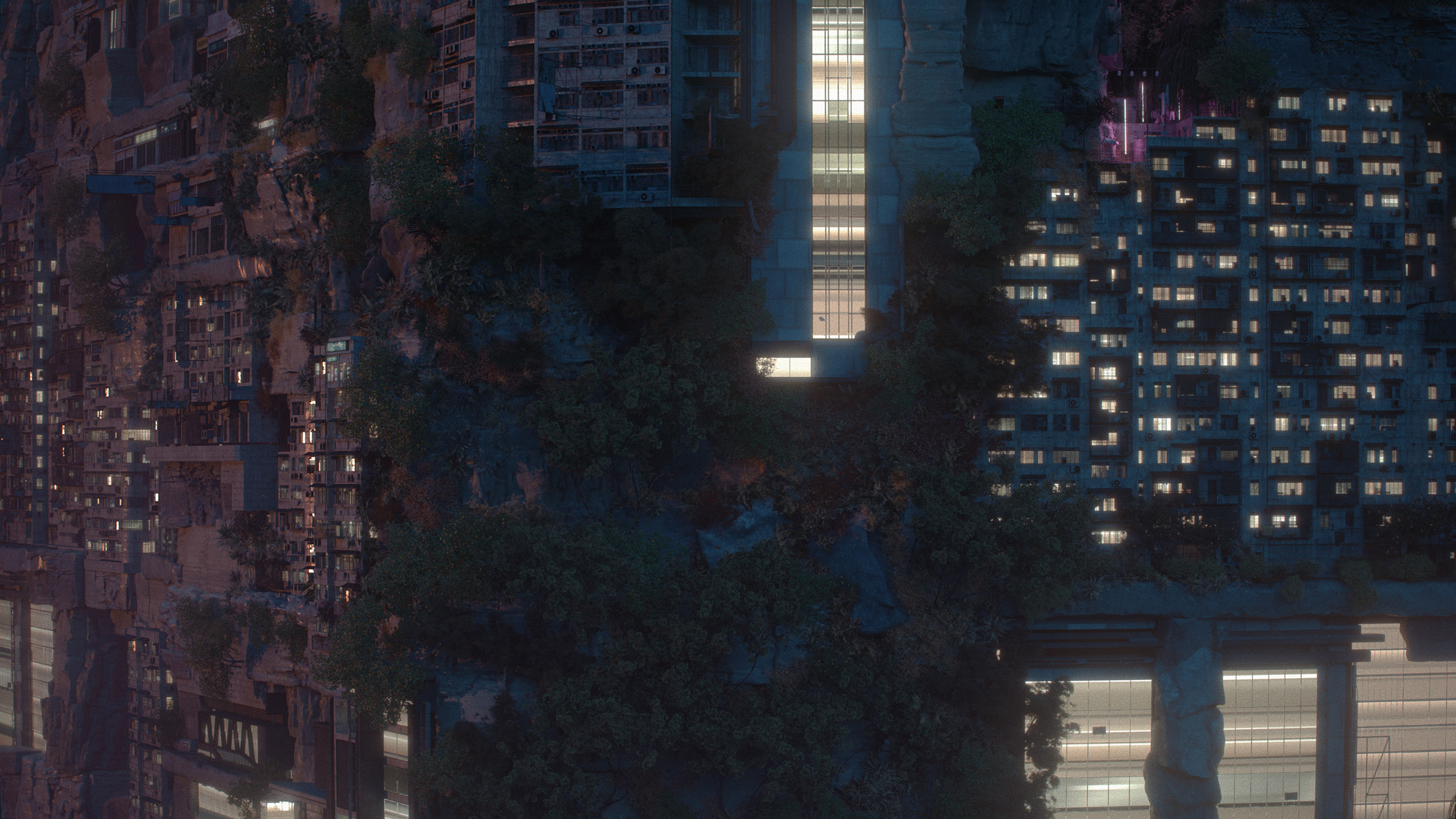
Young highlighted the differences between his approach to that of Masterplanet, a recent proposal by architect Bjarke Ingels Group that treats the world as a design problem that requires planet-sized solutions.
"The imposition of singular visions by starchitects just repeats so many of the mistakes that have got us into this situation in the first place," said Young, who is an architect and film director based in Los Angeles.
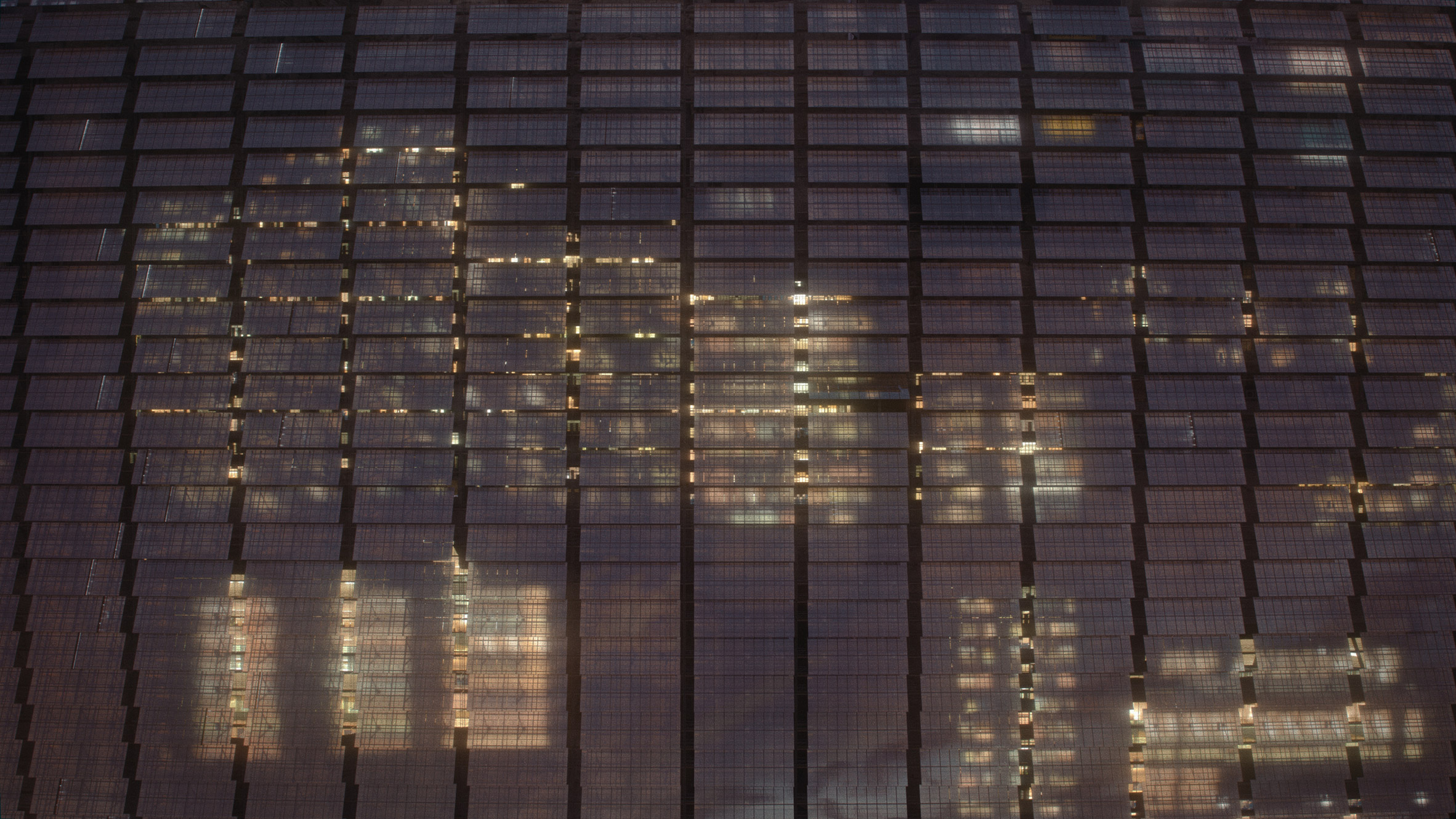
"Such proposals are a continuation of the colonialist project that has already masterplanned the planet in its own image," he added.
"Plans of this scale have historically perpetuated forms of exclusion and reinforced existing systems of power. Most of these projects rarely engage with these root causes of climate change and, in fact, enable them."
The sustainably designed Planet City would accommodate 10 billion people, which is the projected population of the earth in 2050. People would live in "residential mountains" constructed from recycled materials with food grown in "indoor mega-farms" and vertical orchards.
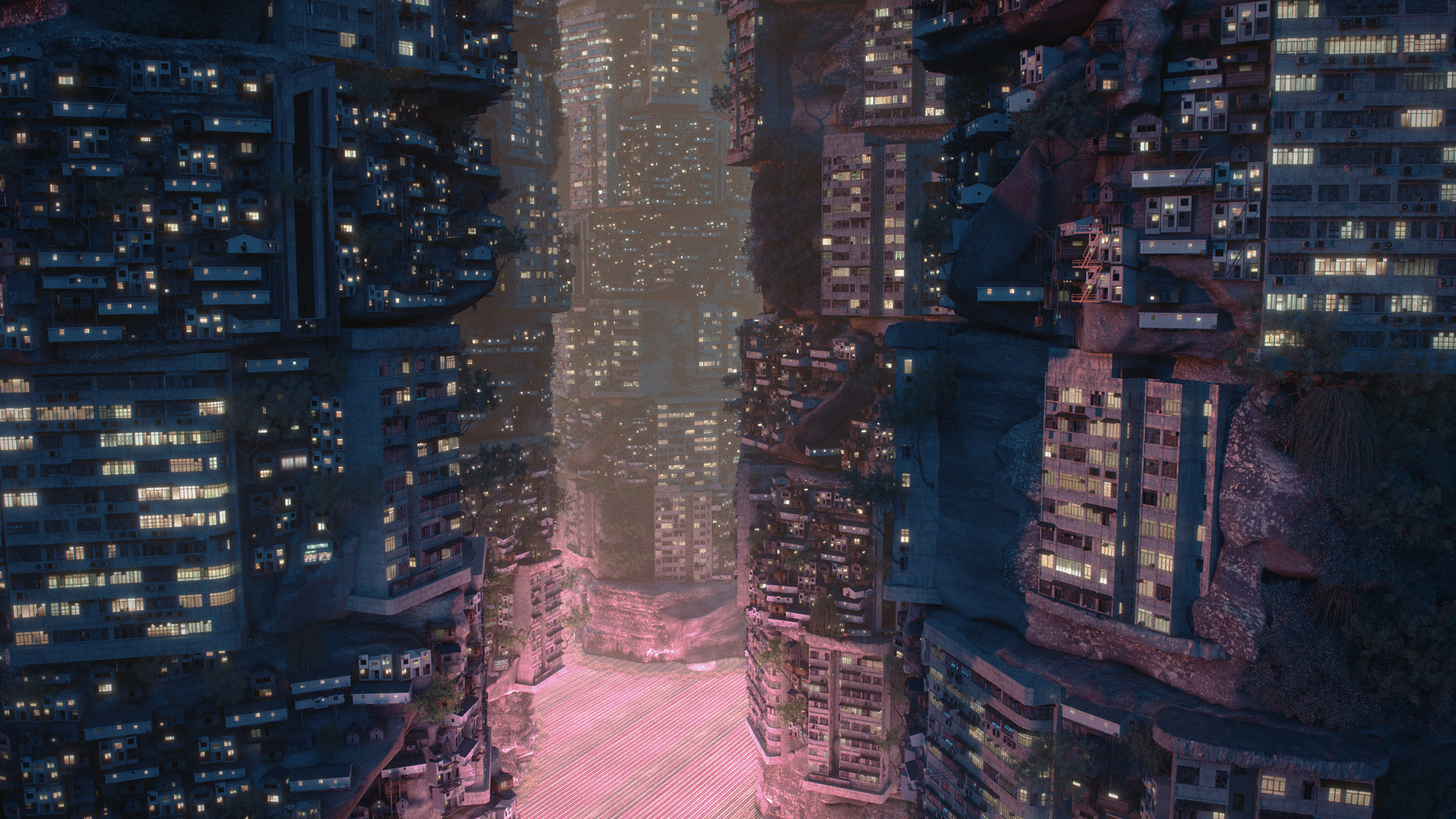
The city, which would operate as a closed-loop and generate no waste, would contain 221,367 square kilometres of buildings up to 165 storeys tall and 4,311,543, 982 bicycles. Power would come from 49,445,671,570 solar panels while 2357 algae farms would filter pollution and provide supplementary food.
"Planet City utilises only technologies that are either already available or currently in development and has been designed in consultation with a global network of scientists, theorists and economists," said Young.
"Through this process of grounded speculation Young sets out to demonstrate that climate change mitigation across the world is no longer a technological problem, but rather an ideological one, rooted in culture and politics."
The 15-minute film centres around a non-stop planetary festival that moves through the city, linking up celebrations held by different cultures throughout the year.

Young collaborated with creatives including Ane Crabtree, the costume designer for The Handmaid's Tale, geoengineer Holly Jean Buck, science-fiction writer Kim Stanley Robinson and indigenous Australian writer and director Ryan Griffen.
Young, who describes himself as a "speculative architect," was a keynote speaker at Dezeen's 2019 Dezeen Day conference in London, where he called on architects to increase their influence by applying their skills to popular digital media such as video games instead of designing "rich houses for rich people".
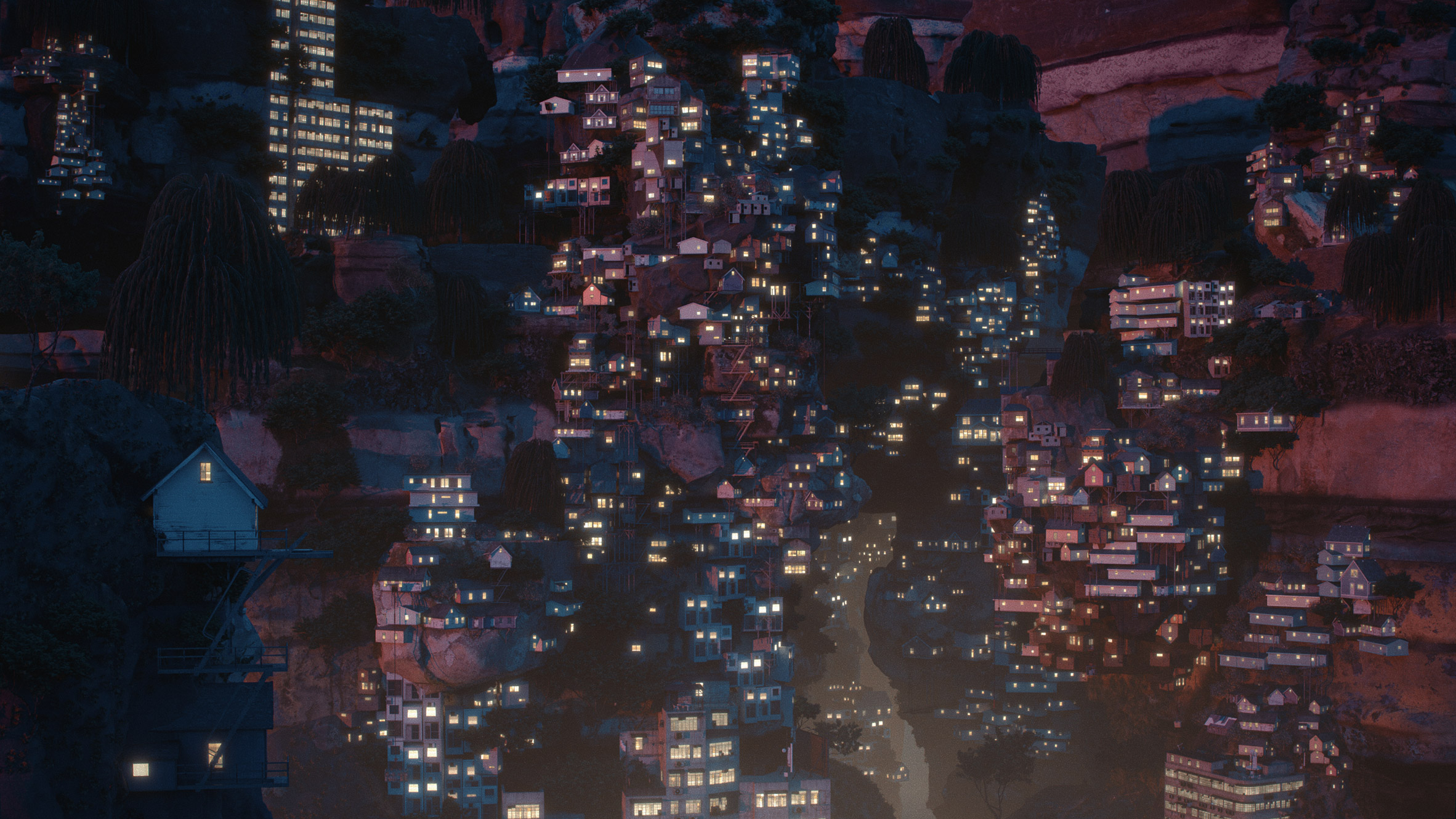
Young, who is co-founder of urban futures think tank Tomorrows Thoughts Today and research studio Unknown Fields Division, also featured in Dezeen's 2018 movie Elevation, which explores how drones could transform architecture and cities.
He previously directed movies including In The Robot Skies, which was the first film to be shot entirely using drones.
National Gallery of Victoria Triennial runs from 19 December 2020 to 18 April 2021 at NGV International, 180 St Kilda Road, Melbourne, Australia. For details of more architecture and design events, visit Dezeen Events Guide.
The post Liam Young's Planet City could tackle climate change by housing 10 billion people in a single metropolis appeared first on Dezeen.
from Dezeen https://ift.tt/2Lmuf5M
No comments:
Post a Comment